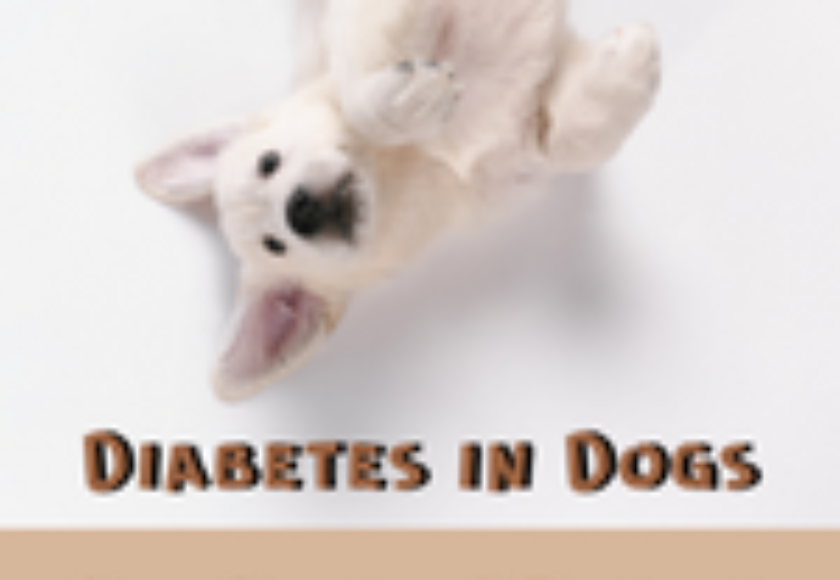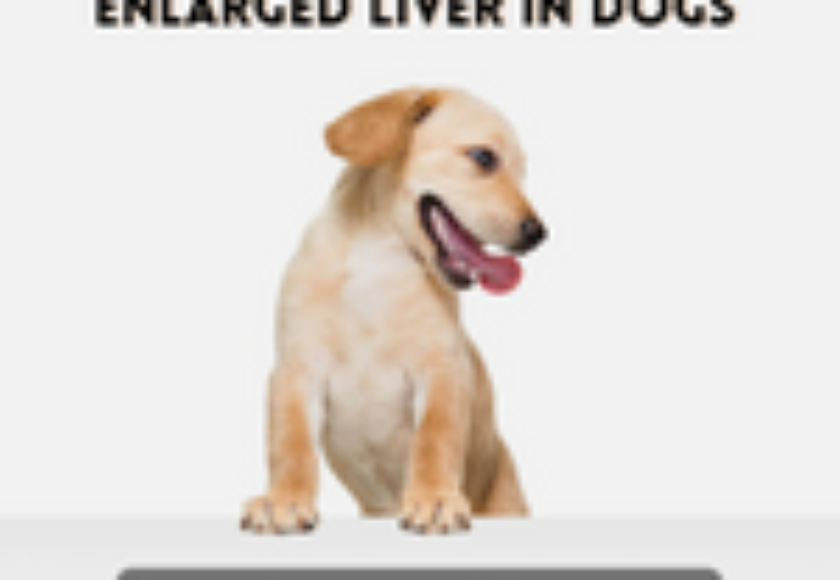Split nails in dogs occur when the dog’s nail splits or cracks, usually vertically down the middle of the nail. This can be a painful and uncomfortable condition for the dog, as the split nail can catch on things and cause further damage to the nail bed and surrounding tissue.
Split nails in dogs can be caused by a variety of factors, including trauma to the nail, exposure to extreme temperatures, nutritional deficiencies, and underlying health conditions such as hypothyroidism or Cushing’s disease. Dogs that engage in a lot of digging or scratching may also be more prone to split nails.
Treatment for split nails in dogs will depend on the severity of the split and the underlying cause. To prevent split nails in dogs, it’s important to keep their nails trimmed and well-maintained, providing a healthy and balanced diet, and minimize exposure to extreme temperatures and rough surfaces that can cause trauma to the nails.
Cause of Split Nails in Dogs
Split nails in dogs can be caused by various factors, including:
- Trauma: Dogs can split their nails when they accidentally catch them on something or when they get their nails caught in between surfaces. This can happen during play, exercise, or even while walking.
- Nutritional Deficiencies: A dog’s nails need proper nutrition to grow strong and healthy. If a dog is not receiving adequate nutrition or is deficient in certain nutrients, such as biotin or zinc, their nails may become weak and prone to splitting.
- Environmental factors: Exposure to extreme temperatures, such as extreme cold or heat, can cause a dog’s nails to become brittle and more likely to split. Walking on rough or hard surfaces can also cause trauma to the nails and lead to splitting.
- Underlying Health Conditions: Certain underlying health conditions, such as hypothyroidism or Cushing’s disease, can cause a dog’s nails to become weak and prone to splitting.
- Genetics: Some breeds are more prone to nail problems than others. For example, dogs with long and curved nails, such as Afghan Hounds, are more prone to splitting.
It is important to have your dog evaluated by a veterinarian if you notice that they have split nails. The underlying cause of the problem will need to be identified and treated to prevent the problem from recurring.
Symptoms of Split Nails
The symptoms of split nails in dogs may vary depending on the severity of the condition. Some common symptoms of split nails in dogs include:
- Limping or favoring a paw: Dogs with split nails may limp or favor the affected paw, as it may be painful to walk on.
- Bleeding or discharge: If the split is deep, the nail bed may be exposed, leading to bleeding or discharge from the affected area.
- Swelling or redness: The affected paw may be swollen or appear red, indicating inflammation and possible infection.
- Discomfort or pain: Dogs with split nails may display signs of discomfort, such as whining or licking at the affected paw.
- Changes in nail appearance: Split nails may cause the affected nail to appear misshapen, jagged, or uneven. In some cases, the affected nail may even break off completely.
If you notice any of these symptoms in your dog, it is important to seek veterinary care promptly. Split nails can be painful and uncomfortable for dogs, and if left untreated, they can lead to infection and further complications. Your veterinarian can help diagnose the underlying cause of the problem and recommend appropriate treatment options.
Treatment of Split Nails
The treatment of split nails in dogs will depend on the severity of the condition and the underlying cause. Here are some common treatments for split nails in dogs:
- Trimming the nail: In some cases, trimming the split nail may be necessary to prevent further damage and promote healing. This should be done by a veterinarian or a professional groomer to avoid causing pain or further injury to the dog.
- Removing the nail: If the split is deep and the nail is causing significant pain and discomfort to the dog, the nail may need to be removed under anesthesia. This procedure is usually performed by a veterinarian and involves removing the affected nail and cleaning the nail bed to prevent infection.
- Medications: If the split nail is caused by an underlying health condition, such as a fungal infection or a nutritional deficiency, medications may be prescribed to treat the underlying problem.
- Topical treatments: In some cases, topical treatments, such as antibiotic ointments or anti-inflammatory creams, may be prescribed to reduce inflammation and promote healing.
- Preventative care: To prevent future occurrences of split nails, it is important to maintain good nail hygiene by keeping your dog’s nails trimmed and avoiding exposure to rough surfaces. A healthy and balanced diet, as well as regular veterinary check-ups, can also help prevent nutritional deficiencies and identify underlying health conditions that may contribute to split nails.
It is important to seek veterinary care promptly if you notice any symptoms of split nails in your dog. With proper treatment and preventative care, most dogs can recover from split nails and return to normal activities without further complications.
Precaution for Split Nails in Dogs
Split nails in dogs can be a painful and uncomfortable condition. Here are some precautions you can take to help your dog:
- Keep your dog’s nails trimmed: Regular trimming of your dog’s nails can help prevent split nails from occurring. Be careful not to cut the nails too short, as this can also cause injury.
- Avoid rough surfaces: Avoid walking your dog on rough surfaces such as concrete or gravel. Instead, stick to grass or dirt paths, or use paw protectors to reduce the impact on the nails.
- Provide proper nutrition: Proper nutrition is important for maintaining healthy nails in dogs. Make sure your dog’s diet contains enough protein, vitamins, and minerals to support healthy nail growth.
- Check for underlying health issues: Split nails can be a sign of underlying health issues such as hypothyroidism or fungal infection. If your dog’s nails are frequently splitting, it’s important to have them checked by a veterinarian.
- Use protective nail caps: Protective nail caps can be used to cover the nails and prevent them from splitting. These caps are applied with a special adhesive and need to be replaced every few weeks.
Overall, it’s important to pay attention to your dog’s nails and take steps to prevent split nails from occurring. If you notice any signs of pain or discomfort, contact your veterinarian for advice.






